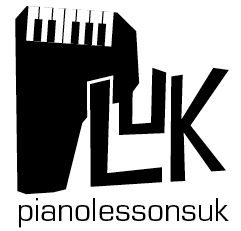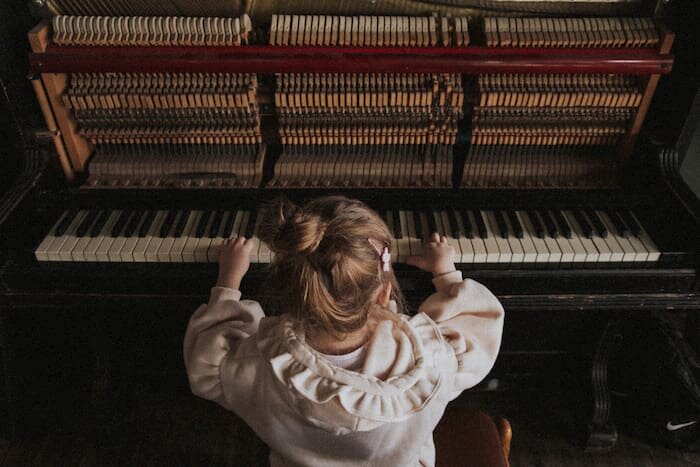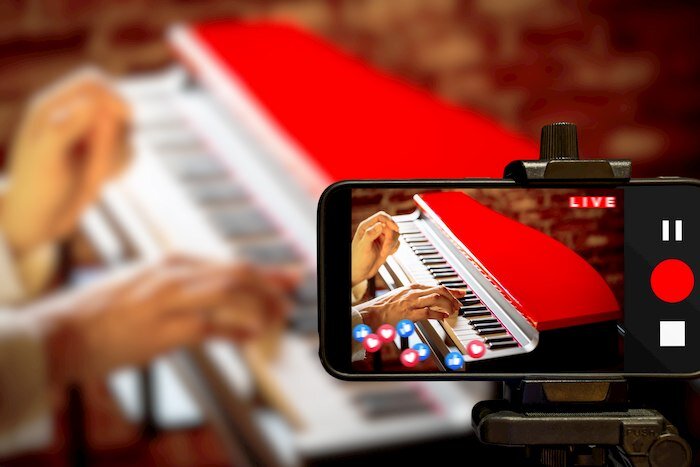9 easy piano songs to learn for beginners
/Learning to play the piano can be hugely rewarding, but it also takes practice. To supplement your piano lessons, we’ve chosen nine piano songs for beginners that are easy to play and will help polish your skills. Mastering them will take you forward on your journey from a complete beginner to an accomplished player.
Twinkle Twinkle
Because this nursery rhyme is so memorable, it’s easy to follow the online piano tutorial. The sheet music is quite simple, and if you do lose your place, it’s easy to catch up.
Starting with a simple piece is good for your confidence. In mastering the hand placement and keystrokes, you’ll improve your posture and build your skills for more complex pieces.
Happy Birthday
Happy Birthday is another well-known tune that’s quick and easy for beginners to pick up. Like Twinkle twinkle, this starts with your right thumb on the C but includes an octave jump and a B flat. This Bb is in the piece as its using the scale of F major.
Try arranging your fingers so that they are over the key before you need to play it. These finger placements are vital, so try and reach the higher C with your little finger whilst leaving your thumb on the lower C, so the next set of notes are within your grasp.
Hallelujah
Once you master the basics of playing with one hand, you’ll want to move on to playing with both hands. This version of Hallelujah is fairly easy and with basic keystrokes and no complex chords. Therefore, it is a fairly straightforward song so long as you approach it hands separately.
Tempo is the musical term for speed (or literally time in Italian). The tempo is pretty slow anyway so you have plenty of time to master the song. However, you can change the tempo of the video making it even slower by clicking on the cog in the righthand corner. Follow the video above to learn to play the notes in the bass notes with your left hand and the melody with your right hand.
Swan Lake Theme
Playing Tchaikovsky is surprisingly easy with this tutorial. Start slowly and pause the video if you need to after each phrase. Learn it, practise it and then move on to the next part of the music.
Remember, you don’t have to learn the entire piece in one day, but the more you practise, the easier playing this piece will be.
Fur Elise
Once you’re comfortable playing with two hands, the first part of this famous Beethoven piece is surprisingly easy to play. It has been simplified to make it easier for you to play and the originals has a few more notes. Although the second part is more technically challenged, the opening section is the most well-known of the piece, so focus on playing it to the best of your ability.
Heart and soul
If you’re ready for a new challenge, this version of Heart and Soul introduces you to the concept of playing a duet. If you learn one of the parts by pausing the video, slowing it down, watching and repeating, you can then play a duet with a friend or your piano teacher. Perhaps you can then switch choosing to focus on playing the chords or the melody, depending on which you need or want to practice on.
Once you’re comfortable with playing Heart and Soul, you can teach it to someone else, which helps to reinforce the skills you’ve learned.
Jingle Bells
Everybody knows this popular Christmas song and the repetition of keys in the chorus makes it an easy piano song to learn and memorise.
However, the verses are complex . Once you get the melody you can work with your dpiano teacher to add the chords from the key of C major, perhaps making a jazz version which would be more advanced than the standard one. This will help you to take your playing a step further, bit by bit, without the song being too tricky from the start.
Prelude in C Major
If you’ve already tackled Fur Elise, you’ll know there’s nothing to be scared of when it comes to tackling classical music. This piano tutorial is a little step up. With both hands playing more than one note it is a bit more advanced.
Although it might look like a complex piece of music, the piano video will take you through what each hand plays, including the repetition, making it a much easier piano song to play and master.
You’ll also notice that the tune is divided between two hands meaning that each note will be played at a separate time to another. So, although you’re playing with two hands, you’re only playing one note at a time. And the central figure is repeated twice and this will reinforce your memory of the piece and therefore your playing.
We can help you further with a few techniques to bring out the musicality of this beautiful Bach prelude in C major. As once you’ve learnt the notes there is a world of expression and musical techniques to explore. As a starting point, try to consider where the peak of the piece is and allow the music to rise to these points, with one being the main focus, and let the prelude’s intensity fall after each point (as a general idea).
Havana
Havana is a great song to learn if you want to transition from the easier songs on this list but don’t feel ready for the classical pieces.
The left-hand plays a repeated phrase with a chord at the top while the right-hand plays the melody. A chord is when you play more than one note at the same time. The melody is the part of the music that has the tune. The part you might sing. The song is quite challenging for a beginner, but so much fun to play, and this piano tutorial is simple to follow for great results.
If you’re looking to improve your playing and master new skills, why not book your free lesson with a local piano teacher or perhaps online through PLUK? We show you a number of different ways that we can learn music using videos above such as these or perhaps you might want to learn how to read music notation too. Either way, the choice is yours.











